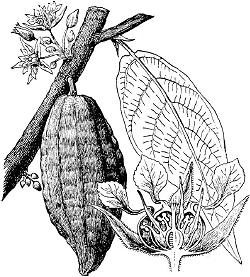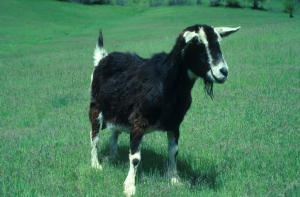|
|
LifeNets Initiates Livelihood Development Project in the Philippines that helps 18 people with fishing, goat raising and cocoa tablet making |
April 4, 2003
Florante Siopan in Bacolod City, Philippines made a request to LifeNets for helping with a Livelihood Development Project in February. The proposal fit perfectly with LifeNets philosophy of helping needy people in practical ways and helping them become self-sufficient. Several people wrote proposals for micro-loans to help raise goats, buy fishing materials, construct a well and have help in order to manufacture cocoa tablets. In mid-March, the projects were underway!
Here are the particulars:
From Leyte
1. Family 1 goat
raising $150
2. Family 2 cocoa tablet
making 200
3. Family 3 and 4 goat raising 400
From Bacolod
1. Family 1 fishing materials $150
2. Family 2
well construction 100
Total $1000
 The cacao plant grows in the Philippines and the plant bears fruit when it is
of age. Fruits have seeds which are roasted and ground to become powder
then form the finished product into shape of any size, wrap it with clean paper
and it is ready for market to be sold. The tablet is consumed by placing it in a
glass of hot water and adding a small amount of sugar, the stirred and drunk.
The cocoa tablet is just like a chocolate in color though it has a different
taste. So it is a food product.
The cacao plant grows in the Philippines and the plant bears fruit when it is
of age. Fruits have seeds which are roasted and ground to become powder
then form the finished product into shape of any size, wrap it with clean paper
and it is ready for market to be sold. The tablet is consumed by placing it in a
glass of hot water and adding a small amount of sugar, the stirred and drunk.
The cocoa tablet is just like a chocolate in color though it has a different
taste. So it is a food product.
The recipients are elderly people whose age ranges from 63 to 72 years old but are still fit to take care of their projects.
You may be interested in this proposal --
Project Information
1. Specific description of the program you are asking LifeNets to fund.
-
small scale goat raising
-
cocoa tablet making
-
small fishing
2. A brief statement of the purpose of the project.
To augment the
income of people involved in the project for family needs and also be able to
contribute to others.
3. How will this project benefit the intended people?
It could benefit them in two ways:
-
Assured income through profit
-
Its a venture that does not require strength and fitness, so it is suited for the elderly people.
4. Approximate number of people to be served by this project.
-
For the small scale goat raising 12 people in two families
-
Cocoa tablet making 4 people
-
Small fishing project 2 people
5.
Approximate age range of people participating in this project.
From 63 to 72 years old
6. List a few of the anticipated outcomes and how they can be measured.
-
Improvement of their earning capacity. They will be happy to have their own business. These can be measured thru satisfaction, contributing, and health.
-
It can be measured by way of their daily activities and pleasure.
